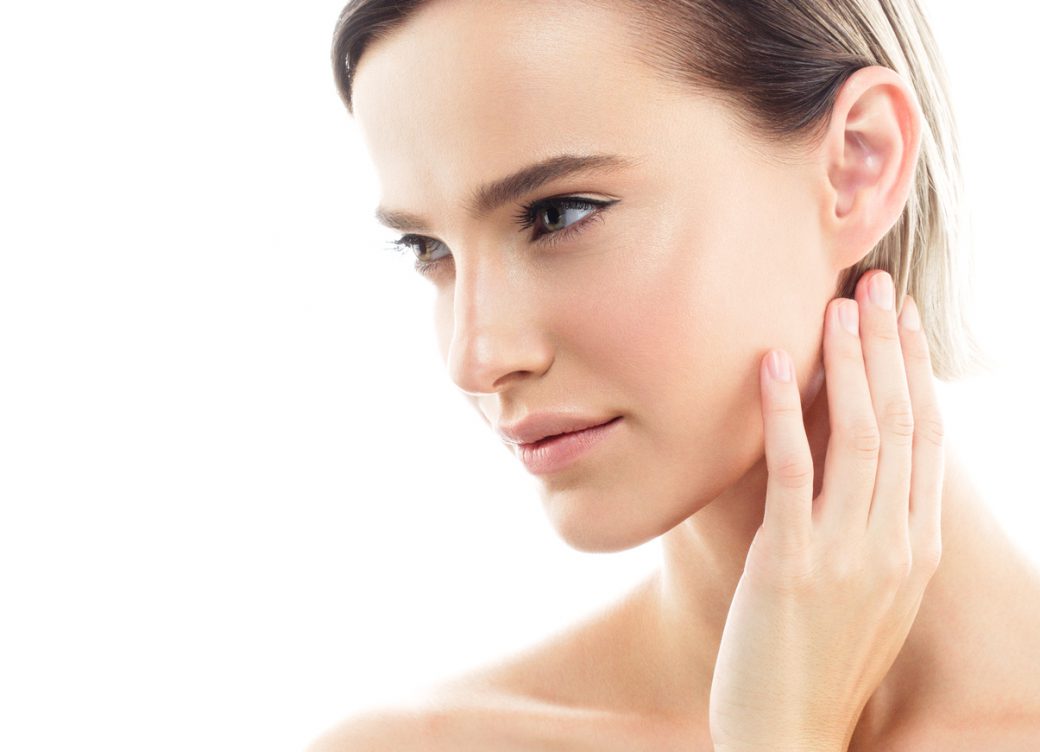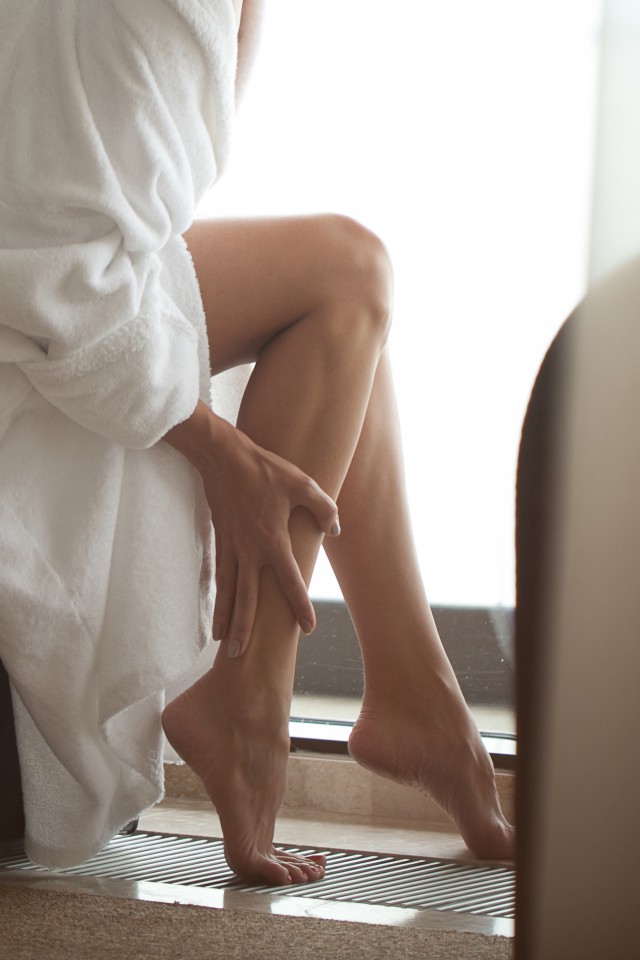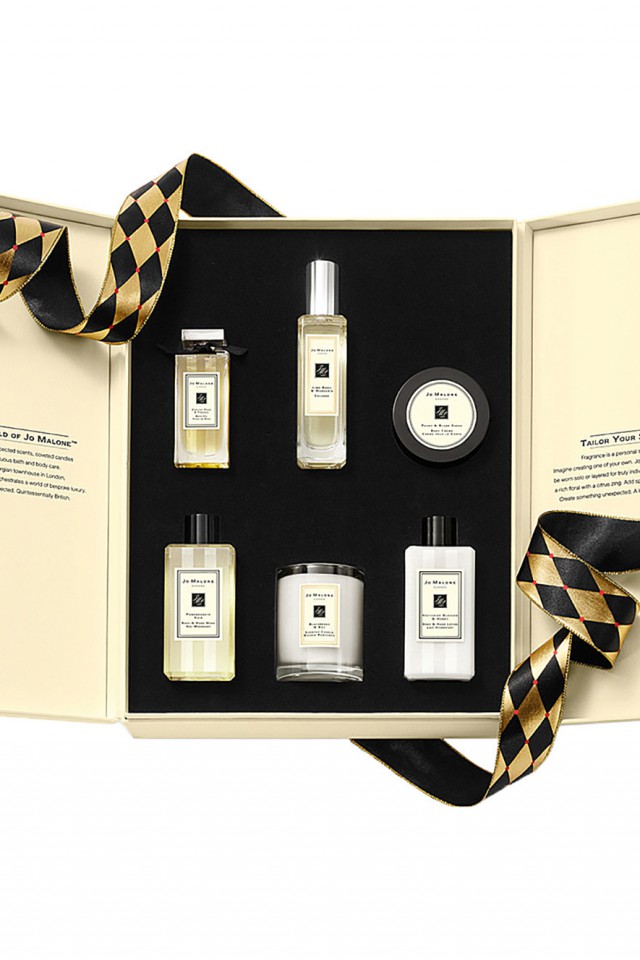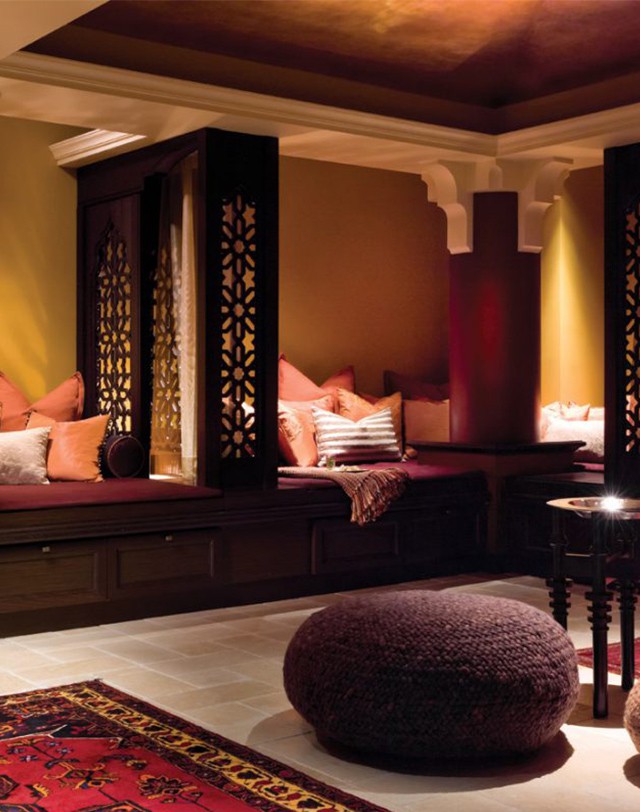The intersection between skin treatments and technology can be daunting, because things always look more futuristic and complicated than they are. Intense pulsed light (IPL) is something that’s become a go-to at many spas and boutiques, but when it comes down to it, not many of us know what it involves or whether it’s even an option for our skin types. We asked Dr. Sonya Abdulla, a certified Toronto-based dermatologist, to—err—shed some light on the matter:
BeautyDesk: What is IPL used for?
Dr. Abdulla: Intense Pulsed Light (IPL) is one of the most common treatments used to address sun damage. It is a broad-band light similar to laser that allows for treatment of discolouration—redness, prominent blood vessels, sun spots, freckles. It also boosts collagen production. The face is the most common area treated but patients will often add other areas including the neck, chest and hands.
How does the treatment work?
IPL uses specific wavelengths of light to target the patient’s concerns. There is a filter that can be set to be very specific or to address multiple targets at once. Pigment in the epidermis (most superficial layer of the skin) is heated to improve discolouration, and at the same time, hemoglobin within blood vessels is gently heated to close them down and reduce redness. Water in the deeper layers of the skin is also targeted to induce collagen remodeling.
What would you recommend IPL be used for?
IPL is one of the top treatments to address sun damage or photoaging. Photoaging can lead to a number of changes—increased blood vessels, redness, sun spots, freckling and fine lines. It is a great treatment for patients looking to address more than one concern with limited down time. It is also an excellent option for patients to maintain their results between more aggressive laser treatments.
Who should try to stay away from the treatment?
Patients with dark skin types—even darker olive skin tones–need to exercise caution. The melanin in darker skin types can create an additional target for the IPL device, distracting it and thus lead to complications.
What should one expect after a round of IPL?
Most patients have some minor swelling for a few days after treatment. For those looking to address pigmentation like sun spots and freckles, these areas will become temporarily darker (like small coffee grounds) for seven to 10 days after the treatment. It will then shed to reveal your healthy glow. There is some sun sensitivity after the treatment. I recommend daily sunscreen to all patients both before and after treatment to protect against photosensitivity, to maintain their results and to prevent tanning before their next treatment.
Is IPL better with certain treatments than with others? (e.g. is it more effective as a rejuvenating treatment than a hair removal treatment?)
I limit IPL to photo-rejeuvenation treatment. Exercise extreme caution when treating melasma with IPL. Aggressive IPL treatments for melasma can induce hyper-pigmentation or darkening of the treatment area. Also, there are a number of lasers to choose from that are more effective and safer for laser hair removal than IPL.
What is a round of IPL like?
When patients arrive for their treatment, a thin layer of cool ultrasound gel is placed all over the face. The patient and our nurse both wear eye shields or goggles to protect the eyes. The IPL treatment feels like a hot elastic band on the skin. This can be uncomfortable but tolerable. Additionally there is a bright flash of light that accompanies each pulse of the IPL device. Treatments for the face last on average 15 minutes, longer if other areas like the neck, chest or hands are included.
Immediately after the treatment, the skin will be pink and any areas of brown discolouration will be darker. Recovery time is limited – a few hours for the facial flush to resolve, a few days for swelling to improve, seven to 10 days for exfoliation of the coffee-ground pigmentation. Makeup can be worn after treatment. Patients will notice a difference after the first IPL treatments; on average it takes three to four treatments to achieve optimum results. I recommend planning monthly sessions to reach our target.
Any advice you’d like us to keep in mind when considering IPL?
IPL is part of treatment plan—it is not the only thing to do. I recommend a treatment series for best results as well as a maintenance regimen of skincare with sunscreen, an antioxidant (like vitamin C) and retinol. Despite advances in medicine, we have not yet found a way to stop the clock; what we can do is slow it down. Great skin requires maintenance. For best outcomes, patients should be diligent with their skin care and maintain IPL treatments or other complimentary laser treatments once every three to six months.











